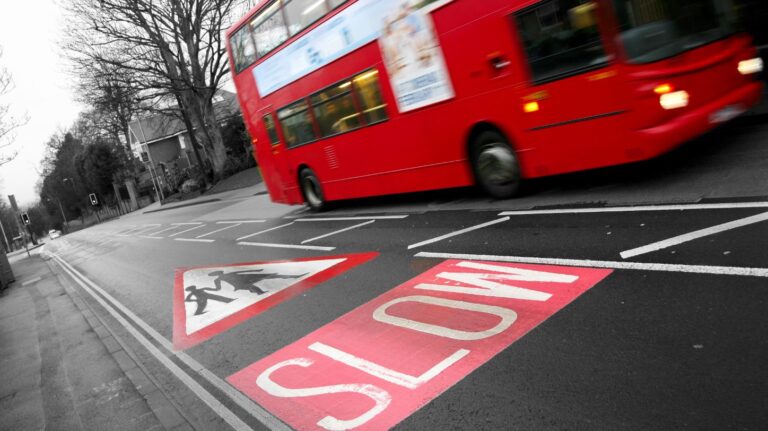The number of people killed and seriously injured on London’s roads returned to near pre-pandemic levels last year, according to road traffic casualty statistics published by Transport for London (TfL).
In 2022, the number of people killed or seriously injured for all transport modes in the UK capital increased by 11%, rising from 3,580 in 2021 to 3,974 last year.
Of those, people walking, cycling and motorcycling made up 80% of all people killed or seriously injured in 2022.
According to TfL, this is despite 2022 being the lowest year on record for fatalities, with 101 people killed on London’s roads – excluding 2020 and 2021, which were heavily affected by pandemic-related lockdowns and changes in travel patterns.
TfL attributed the 11% rise to an increase in activity and traffic as London recovered from the pandemic, and admitted more action was needed to achieve the Mayor of London’s Vision Zero goal of eliminating death and serious injury from the UK capital’s streets by 2041.
Lilli Matson, TfL’s chief safety, health and environment officer, said: “The latest casualty stats from 2022 show that it is imperative that we continue to do all we can to meet our Vision Zero goal of eliminating deaths and serious injury from London’s roads.
“Protecting everyone on the road is a priority for us. Without safe streets, we know that people won’t choose the most healthy and sustainable modes of transport and there is still much more to do to eradicate road deaths and serious injuries.”
However, TfL’s data also suggests that significant progress had been made against the mayor’s Transport Strategy baseline of 2005-09, with the number of people killed and seriously injured on London’s roads reduced overall by 38% against the baseline, and the number of children killed or seriously injured 63% lower than the baseline.
But while the number of people killed while cycling in 2022 fell by 58%, the number seriously injured increased by 42% against the 2005-09 baseline, which, TfL said, suggests there remains a need to continue to roll-out safe cycle infrastructure, lower speeds and initiatives such as Direct Vision Standard, which reduces blind spots on lorries.
Since April last year, some 14.6km of new or upgraded cycle routes have been delivered across London and there are a further 13.9km in construction. In total, TfL said it aims to deliver at least 39km of new or upgraded cycle routes over the next 18 months.
TfL’s casualty report also showed that cars continued to be the main vehicle type involved in collisions in 2022, and are the other vehicle mode involved in 65% of all casualties on London’s roads.
According to TfL, speeding remains the biggest risk to road users with around half of the 2022 fatal collisions in London (48 out of 99) reporting speed as a contributory factor.
TfL said it was committed to expanding its lowering speed limits programme, which last month launching local engagement on plans to introduce 65km of new 20mph speed limits.
TfL added that it was working to lower speeds on a further 140km of its roads by May 2024 in inner and outer London, after introducing 28km of new lower speed limit schemes in March 2023.
Indicative TfL monitoring of 20mph speed limits introduced on roads within the central London Congestion Charging Zone reportedly shows a significant reduction in the number of collisions since its introduction.
Data collected from 01 May 2020 to 30 June 2022 shows the number of collisions reduced by 25 % – from 406 to 304 – and collisions resulting in death or serious injury reduced by 25 % – from 94 to 71 – demonstrating the impact of lowering speeds across London.
Furthermore, the report states that there has been a significant decrease in the number of people killed or seriously injured in collisions involving London buses compared to the 2005-09 baseline, with a decrease of 54% from 587 to 270.
However, TfL’s data revealed that, alongside a significant increase in bus journeys, the number of people killed or seriously injured on or by a bus in 2022 increased by 56% compared to 2021.
TfL said it was working to make significant improvements to bus safety and further details, including to the design of bus interiors, will be set out in a new Bus Safety Strategy to be published this summer.
A new Bus Safety Innovation Challenge will also be launched over the summer focusing on innovations designed to help reduce bus customer injuries.





